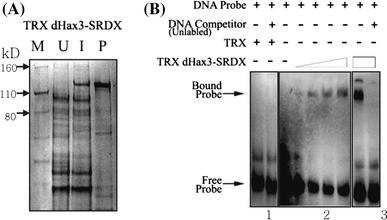
The function of chromatin regulators and address the complexity of associated regulations that are Review we discuss how recent progress in plants and animals provides new routes to investigate These approaches to studying chromatin functions in vivo remains challenging to exploit.
#Srdx repressor domain full
Despite recent and ongoing advances, the full potential of The online version of this article (doi:10.1007/s1110-x) contains supplementary material, which is available to authorized users.ĬRISPR-based epigenome editing uses dCas9 as a platform to recruit transcription orĬhromatin regulators at chosen loci. This sequence-specific transcriptional repression by direct on promoter effector technology is a powerful tool for functional genomics studies and biotechnological applications. Our data suggest that TALEs can be used to generate chimeric repressors to specifically repress the transcription of genes of interest in plants. Genome wide expression profiling showed that the chimeric repressor also inhibited the expression of several other genes that contain the designer TALE-target sequence in their promoters. The dHax3.SRDX protein efficiently repressed the transcription of the RD29A::LUC transgene and endogenous RD29A gene in Arabidopsis. The dHax3 TALE was used as a scaffold to provide a DNA-binding module fused to the EAR-repression domain (SRDX) to generate a chimeric repressor that targets the RD29A promoter.

Here we report the use of TALEs to generate chimeric sequence-specific transcriptional repressors. TALEs contain a modular DNA binding domain that can be easily engineered to bind any sequence of interest, and have been used to provide user-selected DNA-binding modules to generate chimeric nucleases and transcriptional activators in mammalian cells and plants. Transcriptional activator-like effectors (TALEs) are proteins secreted by Xanthomonas bacteria when they infect plants.


 0 kommentar(er)
0 kommentar(er)
